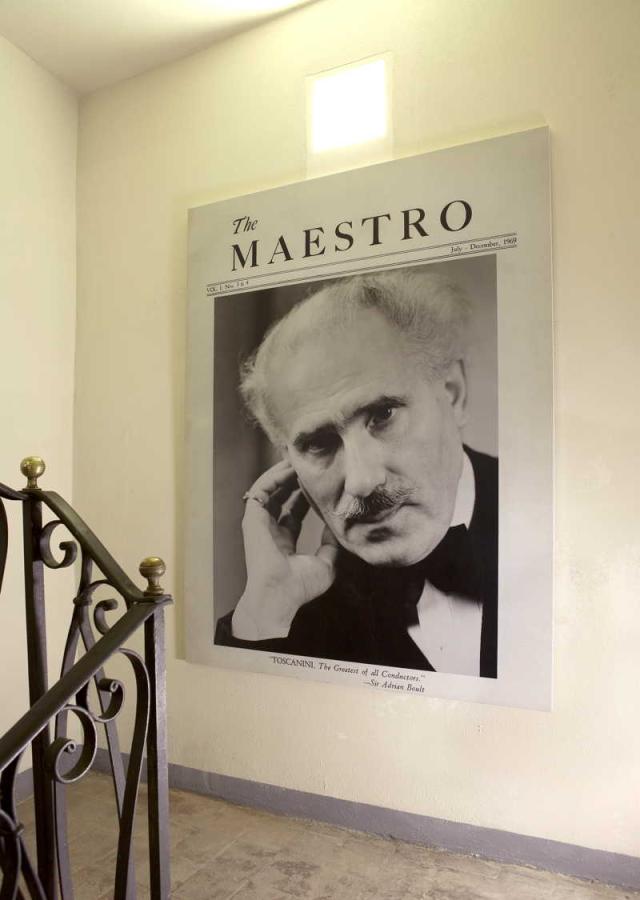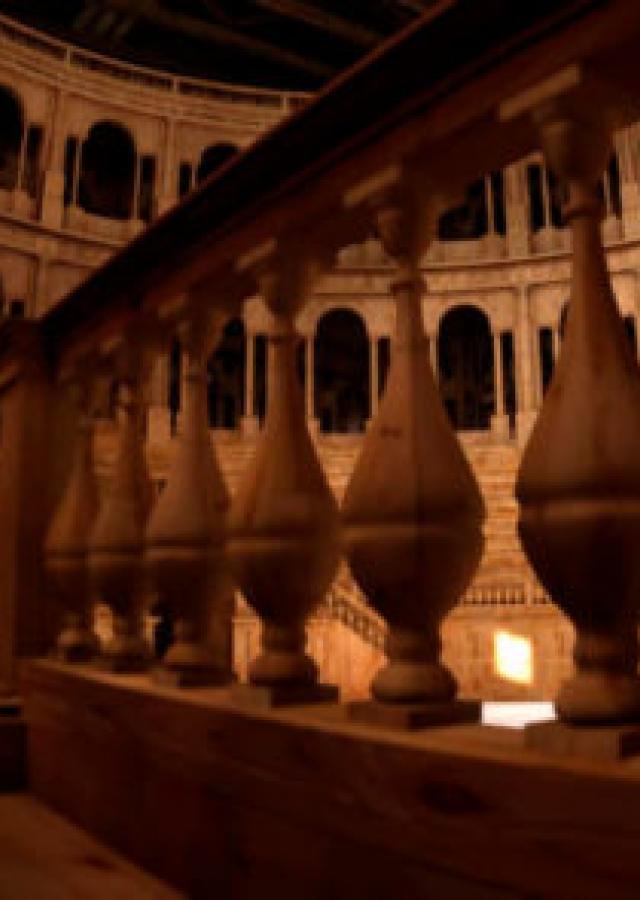Teatro Farnese, a baroque celebration!
On the second floor of the Palazzo della Pilotta, a monumental doorway in painted wood, surmounted by a ducal crown, leads us to the Teatro Farnese: a spectacular environment that still preserves the memory of the sumptuous court life of the Farnese Dukes. Almost completely destroyed by bombs in 1944 and rebuilt in modern times, today the theater restores to us one of the most extraordinary theatrical architectures of the 17th century.
The inauguration of the theater-already completed in 1619-occurred only in 1628, on the occasion of the wedding between Margherita de' Medici and Duke Odoardo, with an allegorical-mythological spectacle entitled "Mercury and Mars"-with text by Claudio Achillini and music by Claudio Monteverdi, enriched by a tournament and culminating in a spectacular naumachia, for which it was necessary to flood the stalls with an enormous amount of water, pumped through a series of tanks placed below the stage.
Given the complexity of the staging and operation of the stage machinery, as well as the high cost of the performances themselves, the theater was used only eight more times from 1652 to 1732, on the occasion of illustrious visits or weddings of the Farnese court.
Already substantially neglected the Farnese was finally abandoned when Maria Luigia (Marie-Louise d’Autriche, Duchess of Parma and protector of the city from 1814 until her death) commissioned Nicola Bettoli to build the new Ducal Theater, known later as Teatro Regio, inaugurated in 1829.
Nevertheless, it is incessant throughout the eighteenth and nineteenth centuries the pilgrimage of princes, artists, men of letters, from Montesquieu to Stendhal, de Brosses to Dickens who stop in Parma precisely to admire it, regretting in their travel diaries the utterly dilapidated condition in which the hall is found: the cracked and rotten wood, the tattered painted canvases, the faded colors, the stains, the dirt and mess, even the rats master of the field, as Dickens indignantly points out.
The coup de grace was delivered by the Allied bombing raids, which on May 13, 1944, struck and severely damaged an imposing part of the historic Pilotta complex.
The reconstruction of the architectural structure was arranged and completed in 1962 and the Farnese finally returned to be an integral part of the city's cultural heritage.









